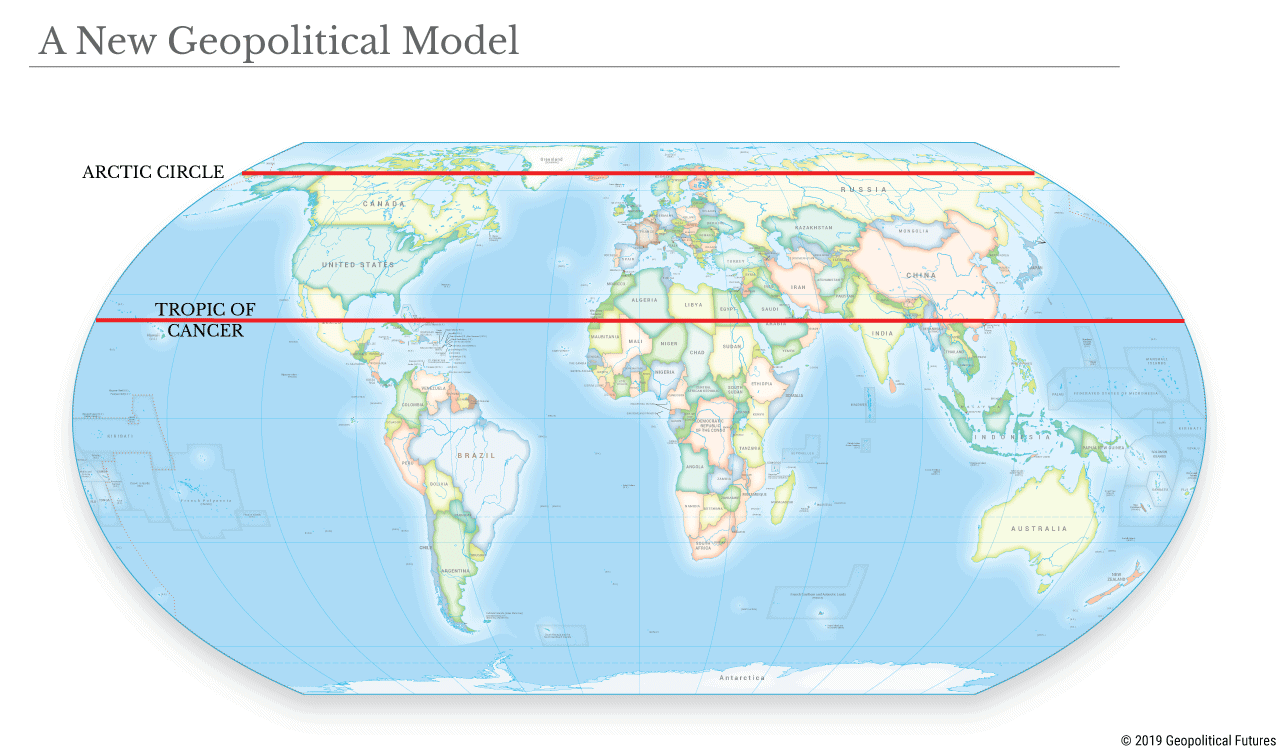
The purpose of geopolitical models is to provide a framework for understanding how the international system works. The model does not need to be mapped globally or officially. Thucydides’ way of working over Greece has developed a fine line between the coastal cities such as Athens and the terrestrial cities such as Sparta and the ways in which they interact with each other. The identity of people as well as when and where they live are defined by their geopolitical views. For example, until the Era of Great Geographical discoveries in Europe, the inhabitants of the eastern hemisphere were not aware of the existence of the western hemisphere. Once Europeans discovered America, the geography of both hemispheres remained the same, but the experiences of people in these geographies have changed dramatically.
Exploring the underlying order in the geopolitical system regulates the political decisions made by nations. However, this order is not permanent and changes once power shifts. The most radical change in the 20th century has been a dramatic increase in the importance of North America and the US in particular. This change, formulated by Halford Mackinder, Nicholas Spykman and Karl Haushofer – has made the previous three models outdated. A fourth model, which will provide a more beneficial perspective to the world, is proposed.
This model shows the east-west pattern of geopolitical interactions. While the United States interacts with China, and the East with Europe, Russia and Europe interact with each other. Therefore, it is moving away from the Earth Island model and allowing the balance of the system to change as the balance of power changes.
Most importantly, it raises the oceans to an appropriate level of importance. In this model, the North Pacific and the North Atlantic are very important as they facilitate east-west trade and at the same time are areas of potential conflict. For now, the US is at the center of the model due to its access and command to the Atlantic and Pacific oceans. The model is loyal to the dominant international trade models.
It should be emphasized that such models are useful, but not critical. Since leaders are already aware of the shape of the global system, they do not affect national strategies. However, it makes it easier to understand the national strategy and the marginalization of some countries.





